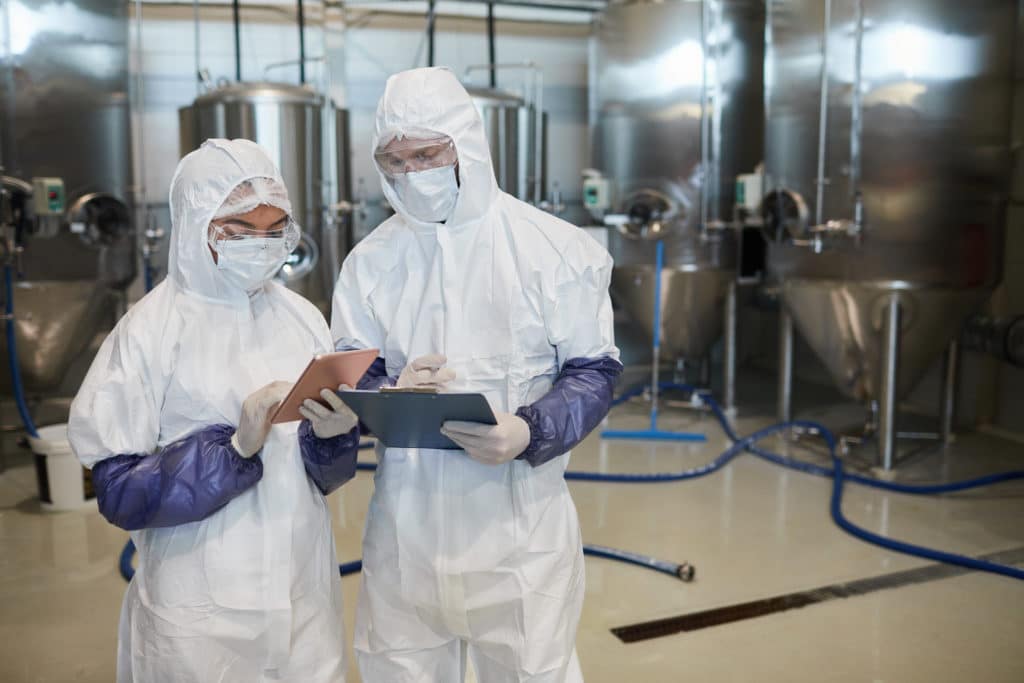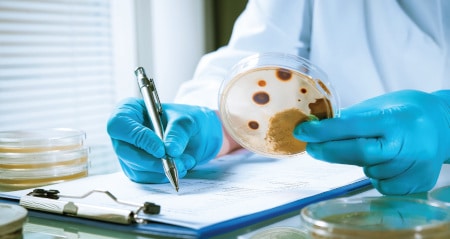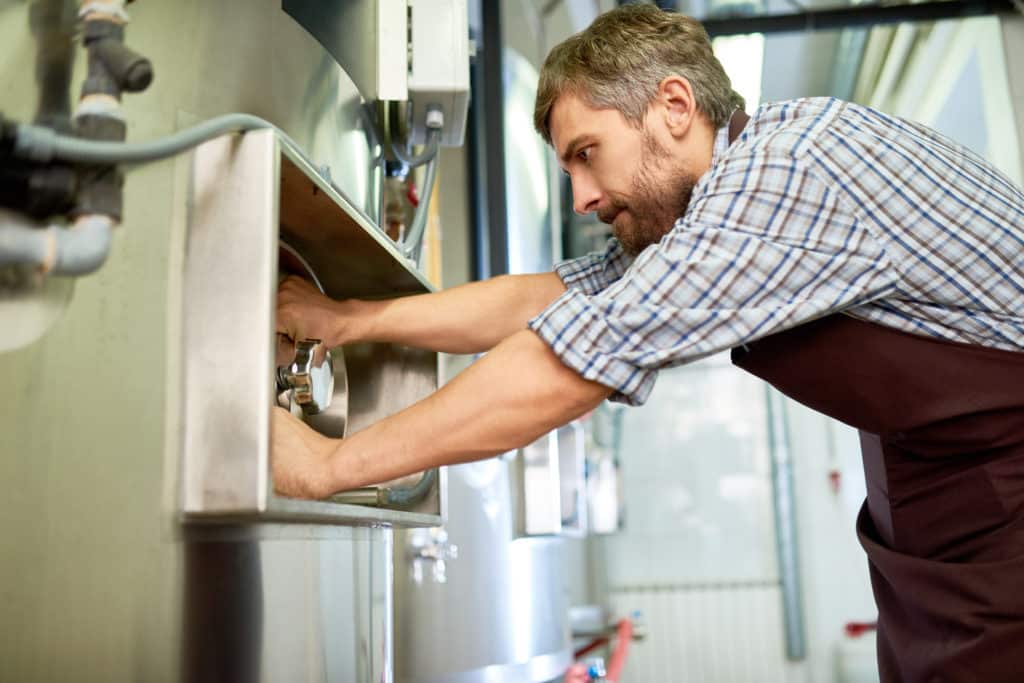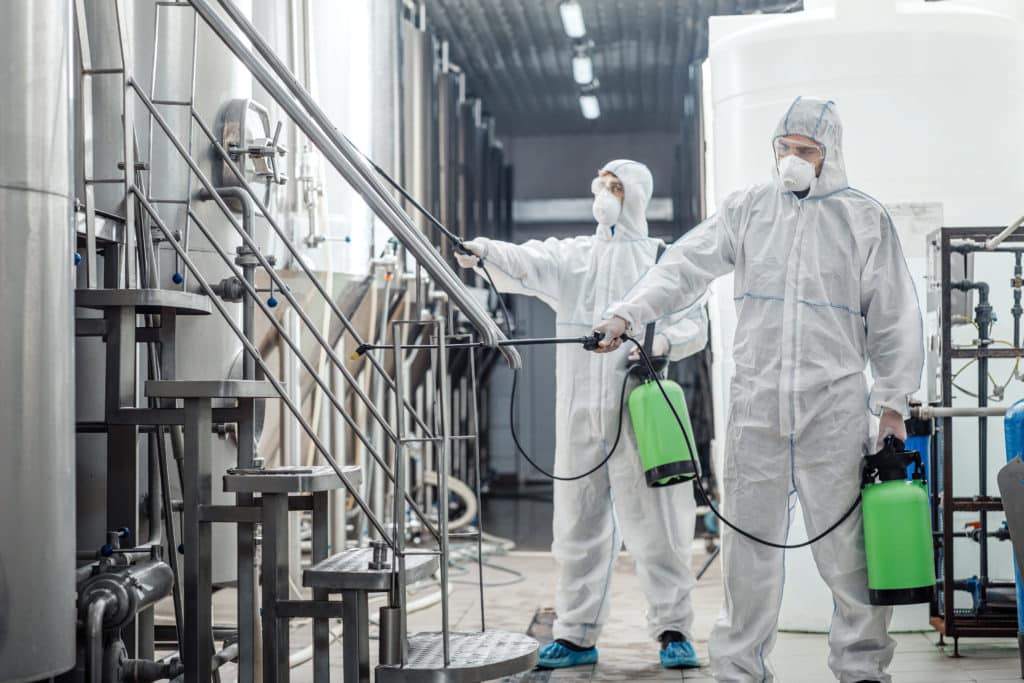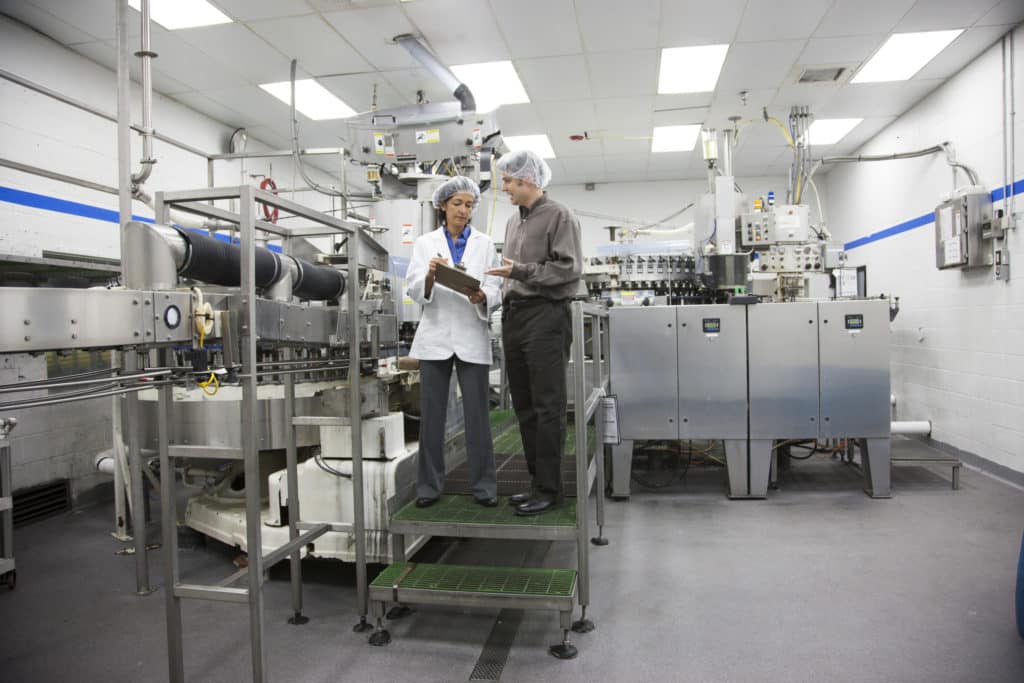GMP (General)
Document and Record Control
Document and Record Control Any organization must have a way for organizing and controlling its Documented Information. This is called Document Control, or Record Control. When we speak of documented information, we mean any information important enough to be controlled and maintained by the organization in some documented form. Most commonly, documented information is just…
Read MoreChemical Control
Chemical Control The purpose of a chemical control program is to protect the product from contamination by any chemicals, as well as employees who may be exposed to the chemicals. All facilities will handle some type of chemical within its production areas, whether these chemicals are part of processing or if they are used for…
Read MoreEnvironmental Monitoring
Environmental Monitoring An Environmental Monitoring Program is a program for monitoring your production environment to identify the existence of harmful microorganisms. There are many benefits to such a program. For example, information gained from this program provides insight into the effectiveness of your cleaning and sanitation program, and the hygienic practices of your personnel –…
Read MoreFacility and Equipment Maintenance
Facility and Equipment Maintenance Maintenance of Equipment, Building, and Grounds Facility Maintenance and Equipment Maintenance is imperative to ensure a safe product. Maintenance has a direct impact on your ability to control foreign material contamination, microbial contamination, chemical contamination, cleaning and sanitization, employee safety, pest infestation, and customer satisfaction. It is common to divide maintenance…
Read MoreFacility Design
Facility Design Facility design is planning how your building, grounds, equipment, utilities, tools, utensils, vehicles, and personnel will interact, in a manner to prevent risks of contaminating your products during production. Remember, it is always better to prevent risk than to react to risk, and sanitary design is a powerful preventive measure and a first line of…
Read MoreCleaning and Sanitation
Cleaning and Sanitation The purpose of a cleaning and sanitation program is to maintain product and product-contact surfaces in a clean and sanitary state and to ensure an overall clean and sanitary production environment. A Cleaning and Sanitation Program is essential to the production of a safe product. A cleaning and sanitation program includes the…
Read MoreCustomer Complaints
Customer Complaints A solid customer complaint program can aid a business in its efforts to improve quality of services and products for consumers. Even the most well-intentioned business will occasionally receive complaints from customers or consumers, so having a plan in place to handle those complaints is beneficial to your facility’s processes. In this training…
Read MoreGMP Training
GMP Training Below you will find links to GMP training for specific GMP subjects. This written training is available to you at no cost. However, if you want a formal certificate of completion, you can sign up for our GMP course through our Learning Management System (LMS). This LMS has similar material as what is listed…
Read MoreAllergen Management
Allergen Management The purpose of a food allergen program is to ensure that a facility is able to identify allergenic proteins and properly handle and store them to prevent cross-contamination. Food allergens are incredibly important to manage if they are handled as part of your facility’s production line. A food allergen is any ingredient or…
Read MoreAir Quality
Air Quality The purpose of an air quality program is to ensure that contaminants in the air (ambient or process air) do not contaminate the product. In this training we will discuss: Two types of controls There are two types of air sources that should be addressed from a food safety standpoint. Both ambient and…
Read More

